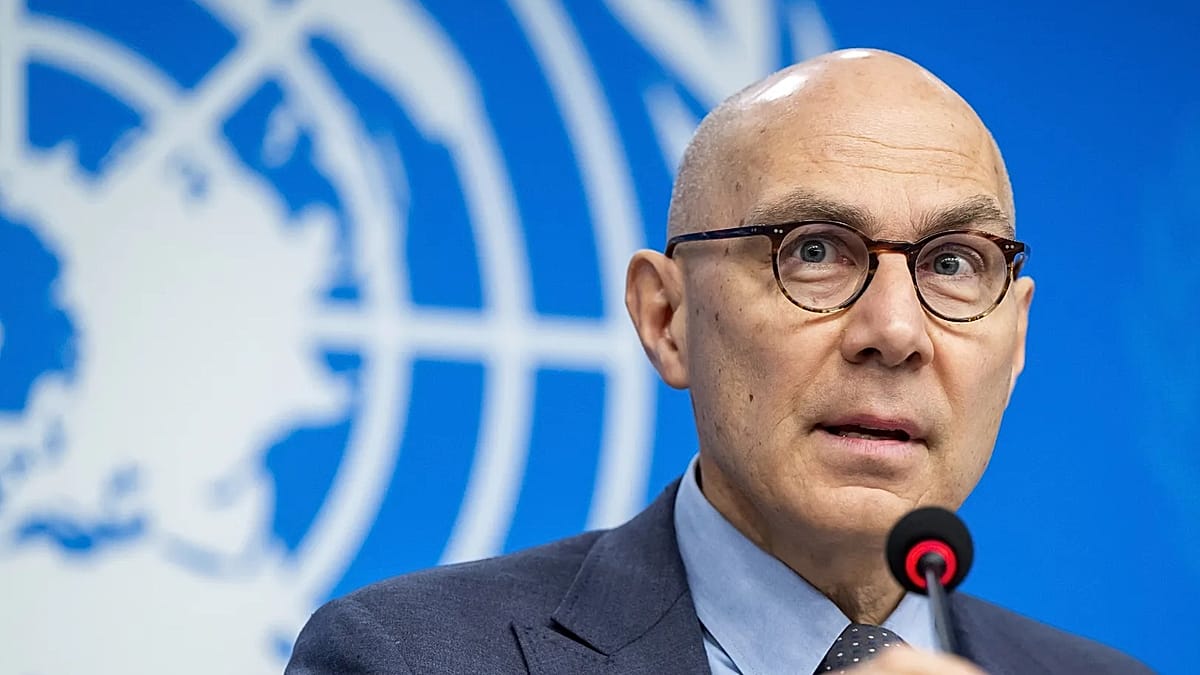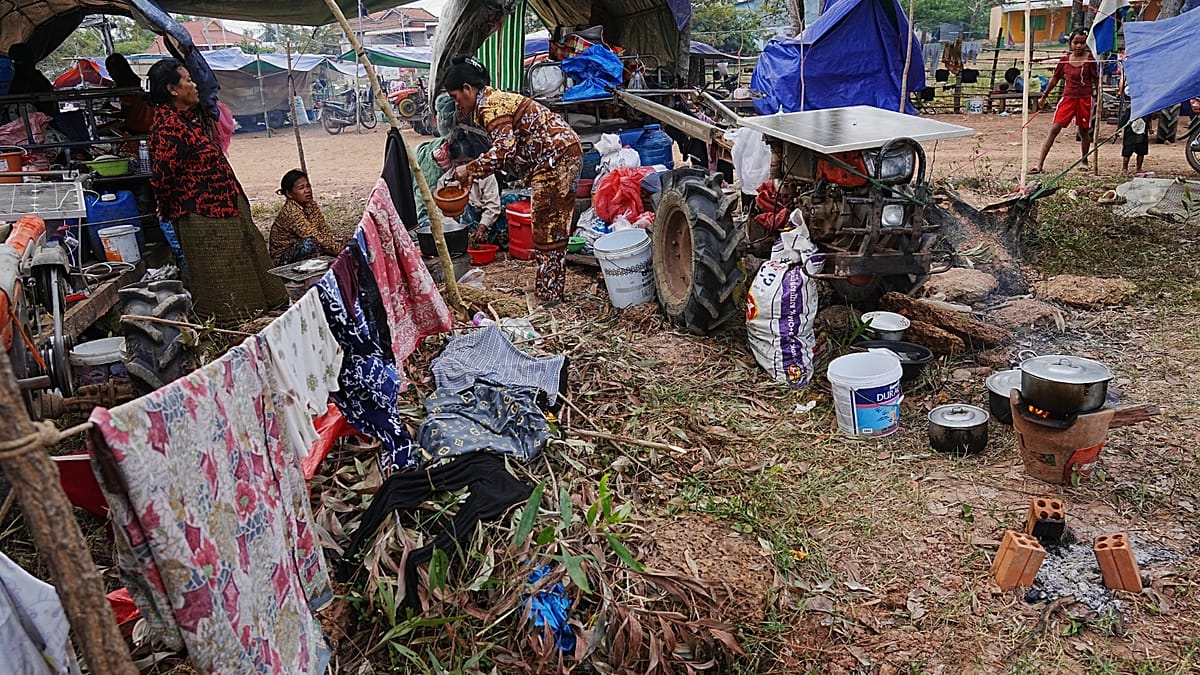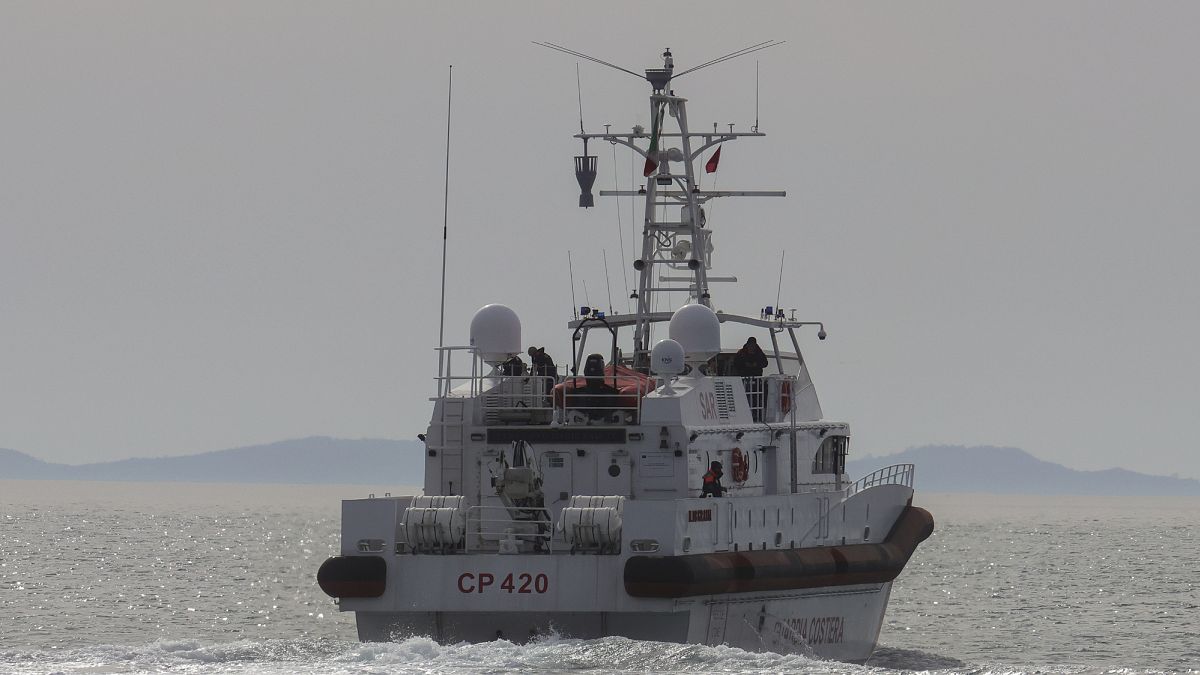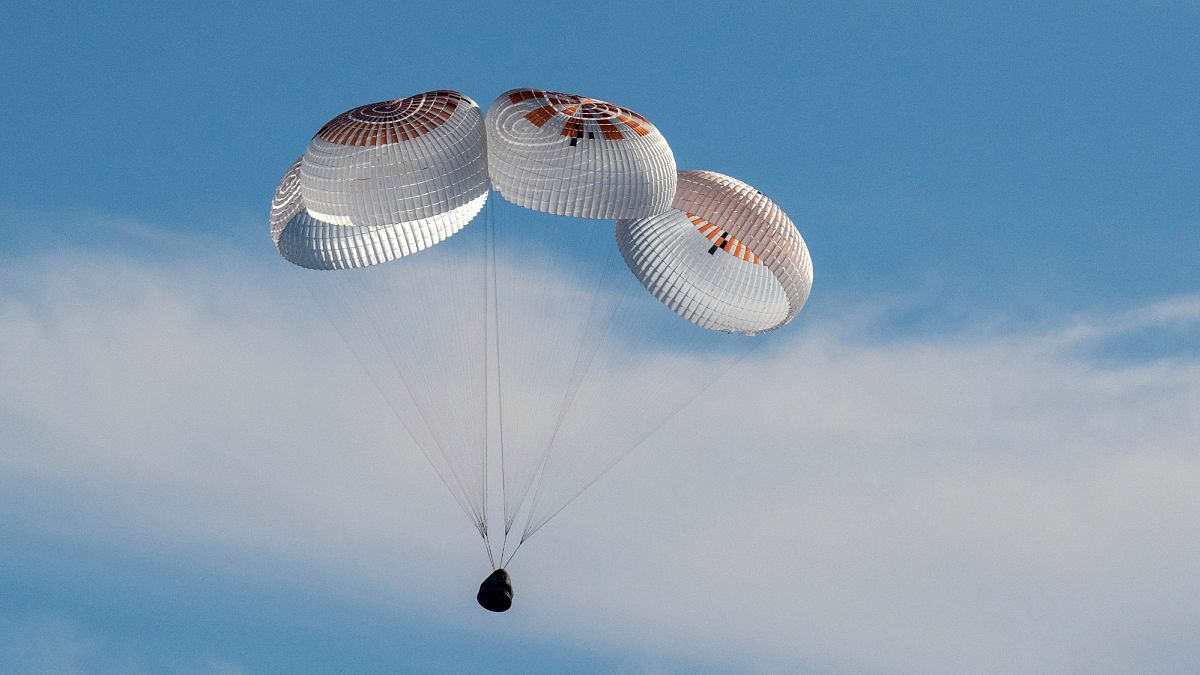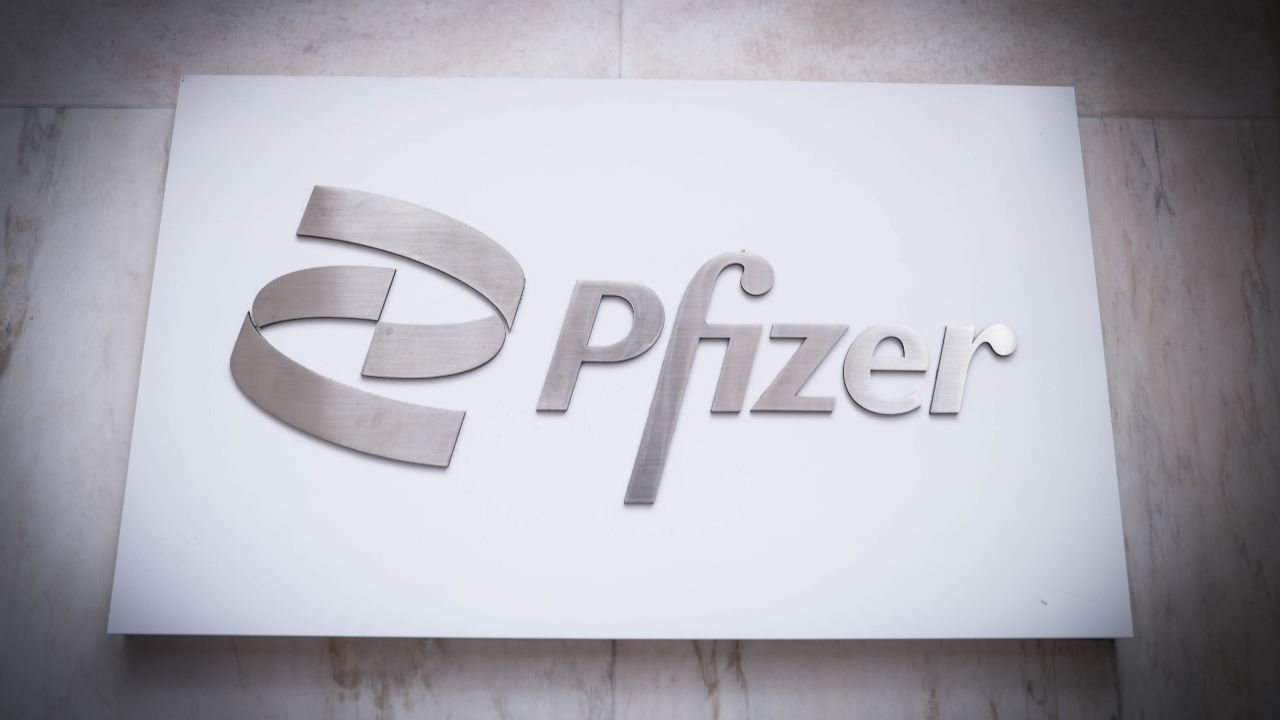EU considers PFAS ban as toxic exposure spreads

Concerns over PFAS – short for per- and polyfluoroalkyl substances – pollution are mounting across Europe as studies show the toxic “forever chemicals” are present in our blood, food and water, often at unsafe levels.
In recent years, several European countries have faced scandals involving industrial discharges of PFAS into soil and waterways, creating serious health risks for nearby communities. With public pressure growing, governments are being forced to act. But how effective are their efforts and are they enough?
What are PFAS?
PFAS are a group of more than 10,000 human-made chemicals known for taking an extremely long time to break down – hence their nickname, “forever chemicals”. They are widely used in products like non-stick pans, food packaging, and waterproof clothing because of their ability to repel heat, water, and oil.
While useful, the exposure to PFAS, even at low levels over time, has been linked to a range of health issues: liver damage, high cholesterol, weakened immune responses, low birth weights, and several types of cancer.
Are there PFAS in our blood?
The European Environment Agency examined a series of studies on the levels of PFAS in teenagers’ blood across nine countries. It found that 14.3 percent had concentrations above acceptable levels, with significant variation: from just 1.3 percent in Spain to 23.8 percent in France.

France leads in legislation
France has introduced some of Europe’s toughest PFAS regulations. A law passed in February bans the use of PFAS in cosmetics, clothing, shoes, and ski waxes starting in 2026, with a broader ban on PFAS in textiles coming into force in 2030.
The law also mandates regular PFAS monitoring in drinking water. Last week, the French government launched a public online map showing PFAS levels in water across the country. In areas of Meuse and Ardennes, tap water consumption has been banned after abnormal levels were detected last month.
Belgium’s twin PFAS crises
In Wallonia, public anger erupted in 2023 after an investigation by local broadcaster RTBF revealed that warnings about PFAS contamination were ignored for years. The US military, operating from a base in the small city of Chièvres, had flagged high PFAS levels in local water in 2017 after an incident involving firefighting foam, a substance made with large amounts of PFAS.
The US base advised its personnel to drink bottled water – but locals were left in the dark for years, even after the regional government was told of the issue in 2018. Large-scale blood testing was carried out in Chièvres in early 2024 – and later extended to nearby areas.
Authorities said almost 1,300 people across approximately ten municipalities had their blood samples taken to confirm exposure to the chemicals in recent weeks, as part of a fresh campaign launched in June.
Wallonia’s government has also pledged to enforce upcoming EU drinking water standards a year ahead of schedule, by 2025.
In Flanders, chemical giant 3M reached a 571 million Euro remediation deal in 2022 with the government after widespread PFAS pollution was linked to its Zwijndrecht factory, near Antwerp.
Italy: jail time for polluters
Italy had similar problems with big corporations and PFAS. In June, an Italian court sentenced executives at a chemical plant to jail terms of up to 17 years for polluting water used by hundreds of thousands of people with PFAS.
Eleven executives from companies including Japan’s Mitsubishi and Luxembourg-based International Chemical Investors Group (ICIG) were convicted for contaminating nearly 200 square kilometres of drinking water as well as soil through the Miteni plant in the northeastern city of Trissino.
Netherlands: everyone has PFAS in their blood
The effects of widespread PFAS use are being seen in Europe. A nationwide study by the Dutch National Institute for Public Health (RIVM) found PFAS in all 1,500 blood samples tested, with nearly every case exceeding health-based safety limits.
“There are no possibilities to fully avoid contact with PFAS,” RIVM concluded. “These substances are present throughout the Netherlands – in soil, food, and drinking water.”
What is the EU doing?
In 2023, the Netherlands, Denmark, Germany, Norway, and Sweden submitted a proposal to the European Chemicals Agency calling for a blanket ban on all PFAS. It is currently under a review by European scientific committees which is scheduled to conclude in 2026. The European Commission said in its action plan for the chemicals industry published in July that it is “committed to presenting a proposal as soon as possible” when it receives the review “with the overall objective of minimising PFAS emissions”.
It said it will consider a ban on consumer uses, but if alternatives can’t be found for critical industrial uses, the use of PFAS may be allowed. It also committed to take decisive efforts to clean up already polluted sites based on the polluter pays principle or with public money if no liable entity can be found. An EU-wide PFAS monitoring framework is also on the cards to collect data and map pollution hotspots.
In Germany, economic ministers of several states have voiced their opposition to a blanket PFAS ban. Baden-Württemberg’s minister for economic affairs, Nicole Hoffmeister-Kraut of the conservative CDU party, argued that while the effects on human health are well known, a ban would destroy entire production sectors in the EU. This would have the effect of a broad deindustrialisation programme, she claimed.
Schleswig-Holstein’s Minister for Economic Affairs, Claus Ruhe Madsen (CDU), said he also viewed EU chemical regulations with concern. “They are causing immense damage to the chemical industry and the value chains that depend on it through ever-increasing costs, considerable planning uncertainty, and a backlog of innovation and investment.”
Some rules are already in place at an EU level such as a limit on PFAS levels in drinking water from 2026 and restrictions on a particular sub-group of PFAS.
Not all countries equally affected
Some EU countries report far lower PFAS exposure.
In Slovenia, the national health laboratory says the country lacks heavy industry using PFAS and has found only minimal contamination in past testing. However, the Slovenian Consumers’ Association did find chemicals from the PFAS group in almost one third of everyday products that they tested, including some that are banned in the EU.
Slovenia plans to begin systematic water monitoring in 2026.
Bulgaria was among the countries with the lowest percentage of water bodies exceeding the PFOS (a type of PFAS) environmental quality standard in 2022, according to the European Environment Agency. However, additional findings indicate the presence of PFAS in rivers and other water sources.
As the EU mulls a potential ban, the true cost of PFAS on people and the environment is coming into focus.
This article is an enr Key Story. The content is based on news by agencies participating in the enr.





















